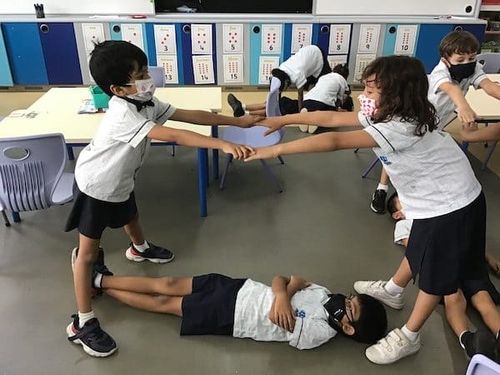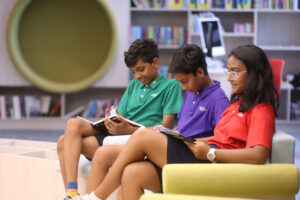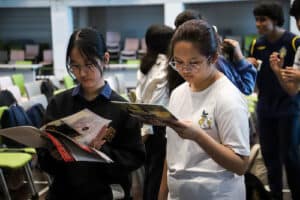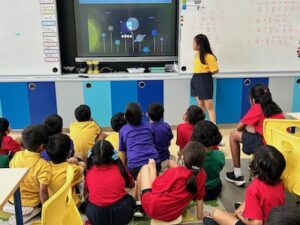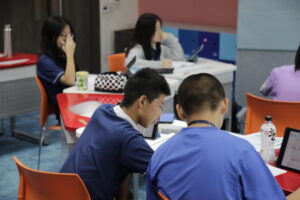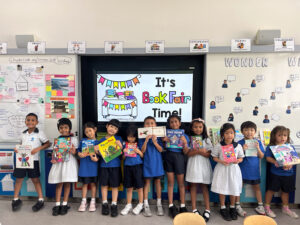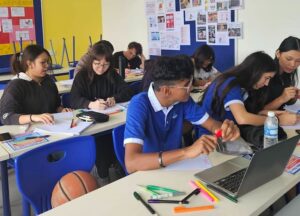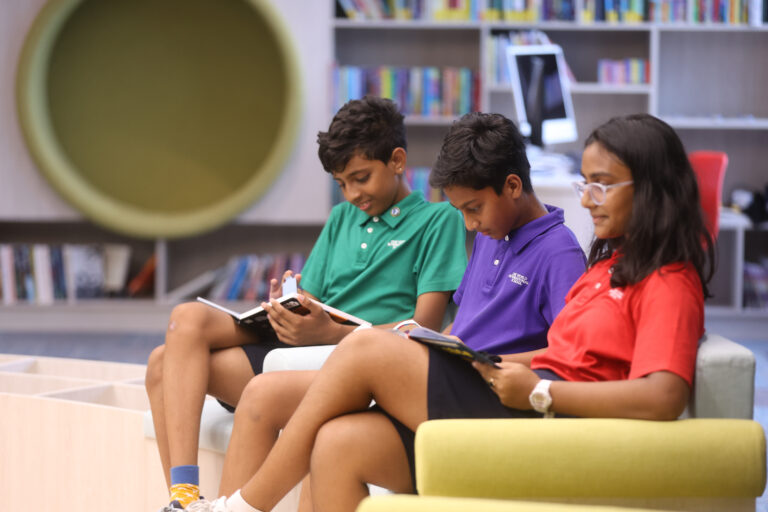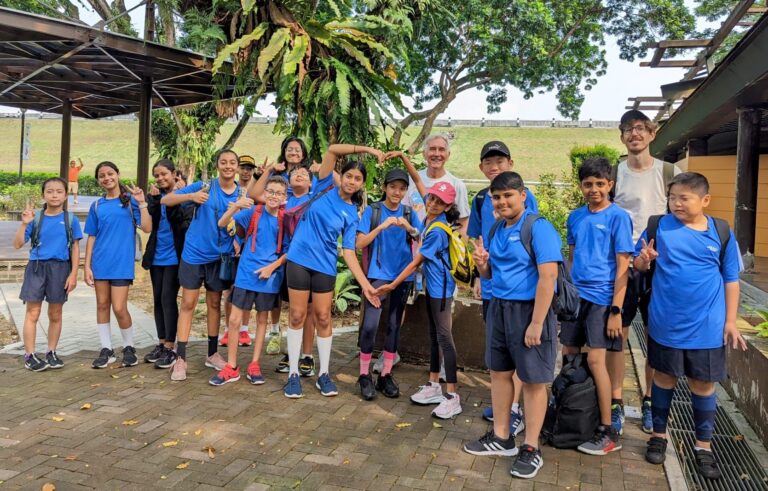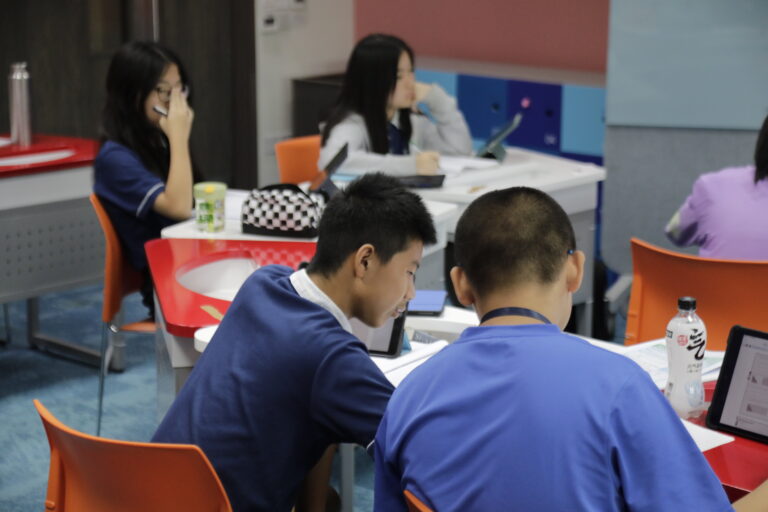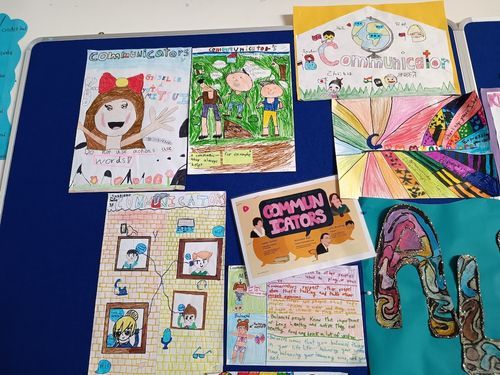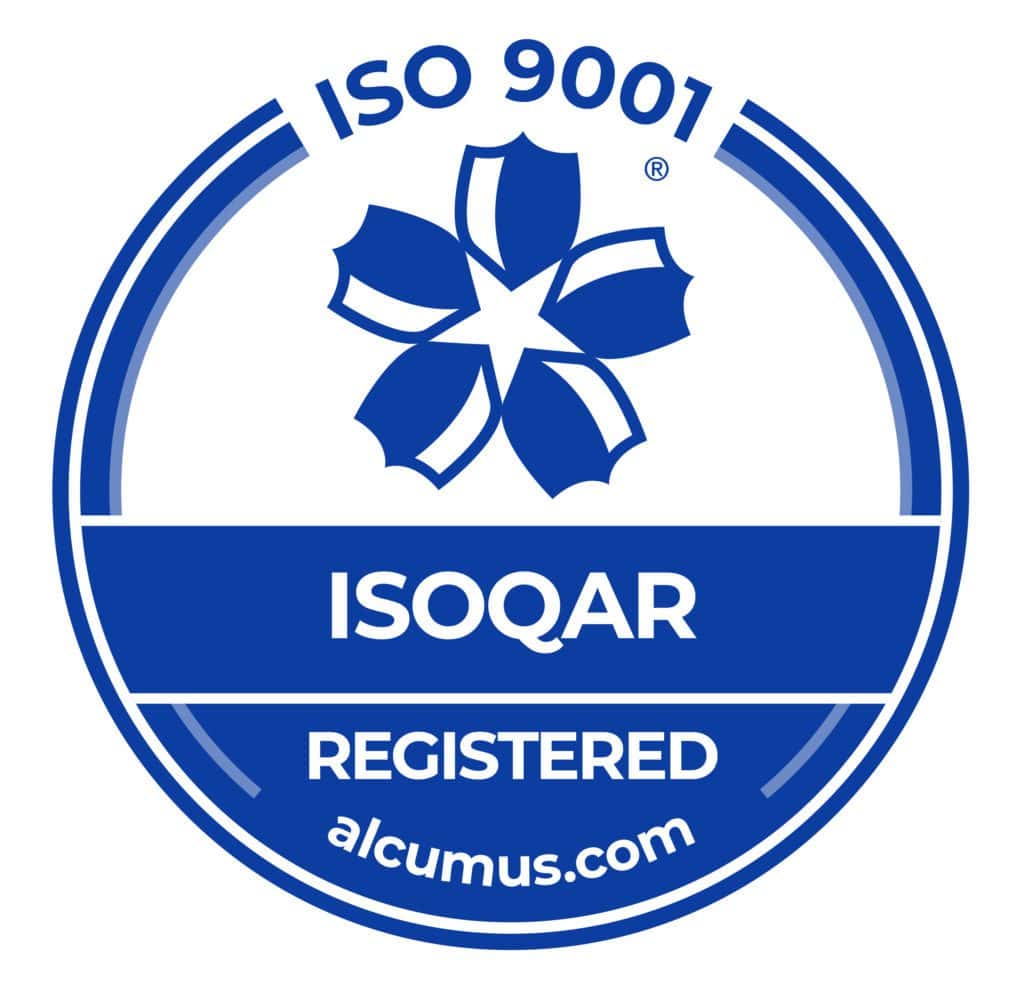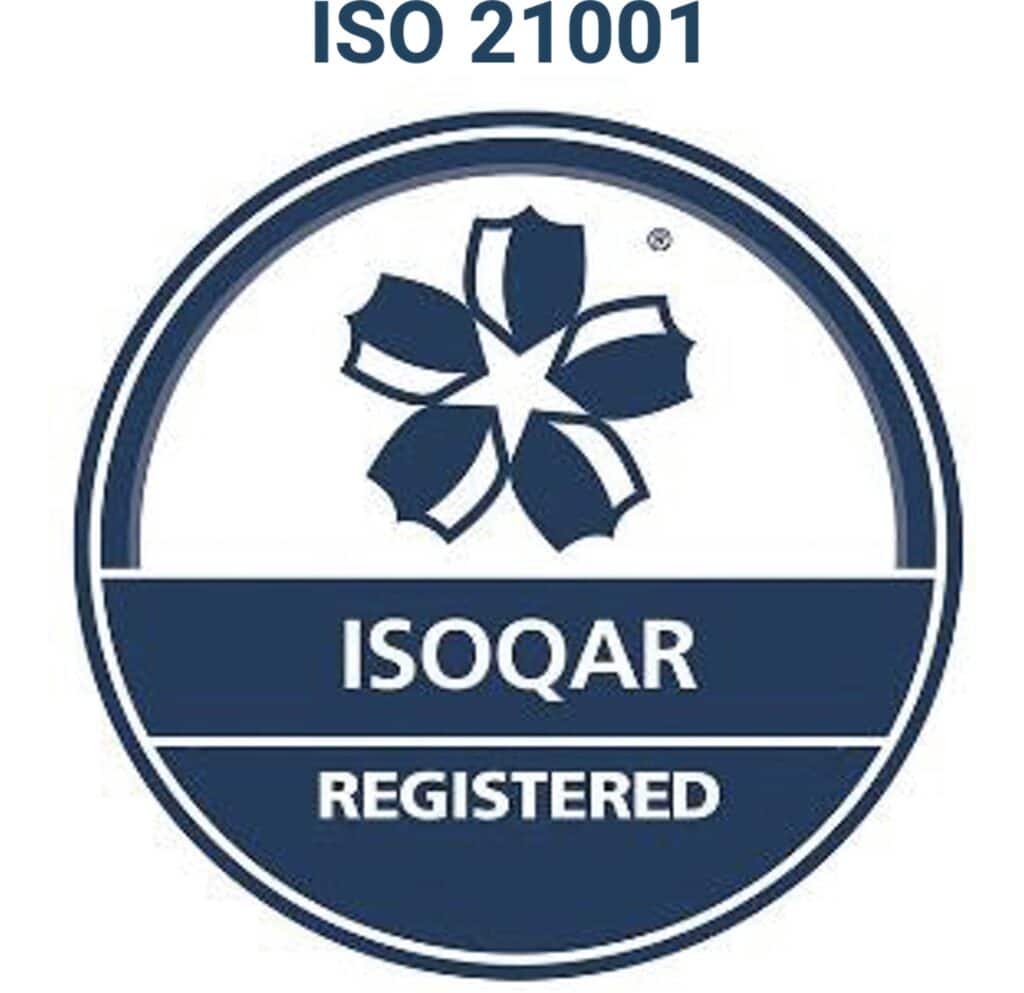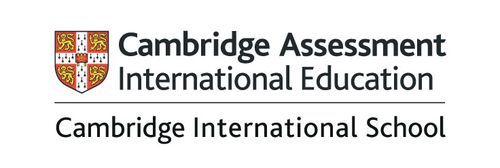Movement helps people learn. This is true for children and adults across the board. Movement has many benefits that help engage the mind and create a more relaxed learning environment. This is why a good international school will incorporate movement into the school day for young learners, whether it is formalised as a separate PE lesson or factored in as smaller tasks and activities to reinforce learning in other lessons.
Benefits of Movement For Young Learners

According to research, movement can help with learning in a variety of ways.
- Taking in learning in more than one way can help students process information. In other words, if you present information to students visually, verbally and kinesthetically, students will absorb more of the information in lessons.
- Physical activity activates the brain. Staying active improves cognitive function. Students who are active throughout the day will experience improved academic performance. Any kind of physical activity can be helpful, not just an action associated with kinesthetic learning.
- Gestures are helpful to learning. The use of gestures can help students solidify information in their memory. Even just a few hand gestures can be beneficial.
- Improved focus. Students who can move around throughout the day find it easier to focus when it’s time to learn. Exercising helps children sit still when the time comes, making it easier to focus on lessons.
- Brain connections. Moving can help the two halves of the brain communicate, which can aid learning.
- Improved overall health. Physical exertion is good for your child’s overall health. Children today move less than children did decades ago, which can lead to health issues like obesity. When children move more throughout the day, they feel better, are healthier and can focus better.
How We Incorporate Movement in Early Childhood and Primary at OWIS

At OWIS, we give Early Childhood and Primary students regular breaks to move around throughout the school day. In school, students are given time to do stretches, dance, and play movement games to engage their brains and help them process new information. Students are also taught songs that incorporate actions, games that include the whole class, and more.
Knowing that movement also helps regulate emotional responses, we also encourage students to take deep breaths and practise other mindfulness routines when they’re experiencing moments of unhappiness or frustration.
Our teachers commonly design activities that incorporate movement. These activities include playing active phonics games in English, doing yoga or movement games through virtual school assemblies, making letters with the body in Mandarin, enjoying outdoor learning in Maths and moving around the class to explore a setup for Units of Inquiry.
We emphasise the notion that the classroom environment is the “third teacher.” In this scenario, our classroom spaces are set up to allow flexibility and movement. There are different learning spaces set up around the classroom. These encourage individual student agency in a self-directed activity as well as discussion and collaboration in group tasks. In sensory and game- or play-based areas, children are free to move around and explore tactile materials either on their own or with their friends.
By giving importance to this aspect of learning, we ensure that we are able to provide a well-rounded education and a joyful school environment for our Early Childhood and Primary students.
Sign Up for a School Tour to Learn More About OWIS
One World International School (OWIS) is one of the most popular international schools for expat families in Singapore for a good reason.
At OWIS Suntec and OWIS Nanyang campuses, students thrive in an active learning environment, where they can engage their brains and their bodies in everyday lessons. We follow the IB PYP curriculum to help our students find success. To learn more about how your child can benefit from our learning approach, please sign up for a school tour.
This blog was originally written in collaboration with Karel van der Linden, former Head of Primary School and Early Childhood, OWIS Nanyang.
